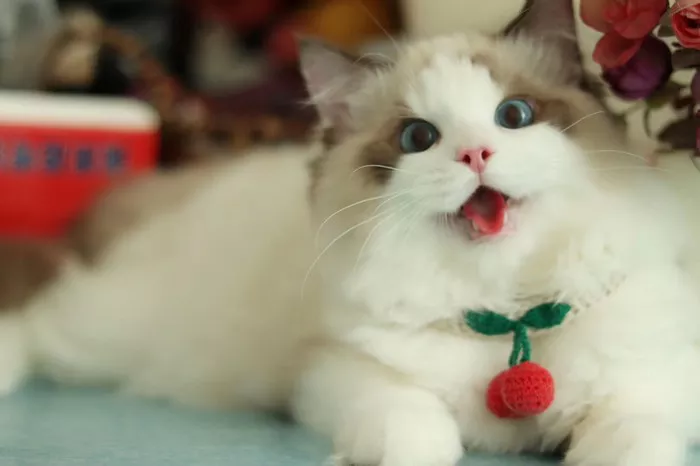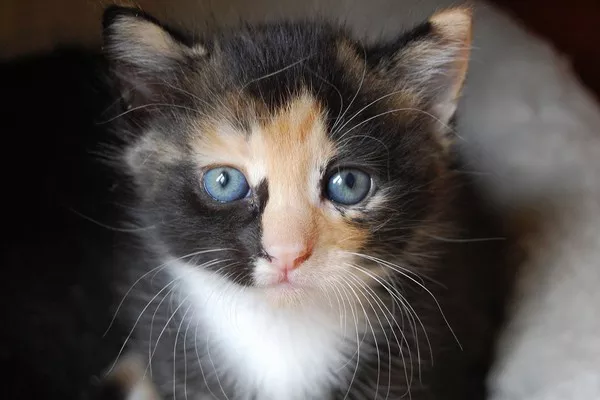Ragdoll cats are a unique and beloved breed known for their striking blue eyes, silky fur, and docile demeanor. Originating in the 1960s, Ragdolls have captured the hearts of cat enthusiasts around the world with their affectionate nature and distinctive traits. In this article, we will delve into what sets Ragdoll cats apart from other breeds, from their appearance and temperament to their care requirements and special considerations.
Origin and History
The story of the Ragdoll cat begins with a white Persian cat named Josephine, who lived in California in the 1960s. Josephine was bred with several male cats, including a Birman-like tomcat named Daddy Warbucks, resulting in a litter of kittens with unique traits. These kittens, known for their placid temperament and tendency to go limp when picked up, became the foundation of the Ragdoll breed.
Ann Baker, a breeder in Riverside, California, developed the Ragdoll breed and trademarked the name in the early 1960s. She selectively bred Ragdolls for their gentle disposition, large size, and striking appearance, laying the groundwork for the breed’s recognition and popularity.
Distinctive Appearance
Ragdoll cats are known for their striking appearance, characterized by their large size, semi-longhaired coat, and captivating blue eyes. They have a sturdy build with broad chests, strong boning, and a plush coat that comes in a variety of colors and patterns, including seal, blue, chocolate, and lilac, as well as bi-color, mitted, and colorpoint patterns.
One of the most distinctive features of Ragdoll cats is their striking blue eyes, which are often almond-shaped and contribute to their captivating expression. Their eyes are typically a deep, vivid blue, adding to their overall charm and appeal.
Temperament and Personality
Perhaps the most defining characteristic of Ragdoll cats is their gentle and affectionate nature. Ragdolls are known for their docile temperament and love to be held and cuddled, earning them the nickname “puppy cats” for their dog-like behavior. They have a relaxed disposition and are often described as “floppy” or “ragged,” as they tend to go limp when picked up, hence the name “Ragdoll.”
These sociable cats thrive on human companionship and enjoy being involved in family activities. They are often found following their owners from room to room, seeking attention and affection. Ragdolls are known to get along well with children, other pets, and even strangers, making them excellent family pets.
Despite their gentle nature, Ragdoll cats are not entirely sedentary. They enjoy interactive play sessions and can be surprisingly agile and playful when the mood strikes. Providing them with toys, scratching posts, and opportunities for mental stimulation is essential for keeping them happy and engaged.
Care and Maintenance
While Ragdoll cats have a luxurious coat, they are relatively low-maintenance in terms of grooming compared to some other longhaired breeds. Their semi-longhaired fur is silky and plush, with minimal shedding, requiring only weekly brushing to remove loose hair and prevent matting.
Regular grooming sessions also provide an opportunity to check for any signs of skin irritation, fleas, or other health issues. Pay special attention to their ears, eyes, and teeth, keeping them clean and free from debris to prevent infections and dental problems.
Additionally, maintain a healthy diet to support your Ragdoll cat’s overall health and well-being. Choose a high-quality cat food formulated for their age, size, and activity level, and provide fresh water at all times. Avoid overfeeding to prevent obesity, which can lead to various health issues, including joint problems and diabetes.
Special Considerations
While Ragdoll cats are generally healthy and robust, like all breeds, they are prone to certain health issues that potential owners should be aware of. Hypertrophic cardiomyopathy (HCM), a genetic heart condition, is relatively common in Ragdolls, so regular veterinary check-ups and screenings are essential for early detection and management.
Ragdolls are also prone to dental problems, such as gingivitis and periodontal disease, so maintaining good oral hygiene is crucial. Brush your cat’s teeth regularly with a feline-friendly toothpaste and provide dental treats or toys to help reduce plaque and tartar buildup.
Due to their trusting and outgoing nature, Ragdoll cats should be kept indoors to protect them from potential dangers such as predators, traffic, and infectious diseases. Providing them with a stimulating indoor environment, complete with scratching posts, climbing structures, and interactive toys, will help keep them happy and entertained.
In conclusion, Ragdoll cats are a unique and beloved breed cherished for their distinctive appearance, gentle temperament, and affectionate nature. Whether you’re drawn to their stunning blue eyes, silky fur, or loving personality, Ragdolls have a special way of capturing the hearts of cat lovers everywhere. With proper care, attention, and affection, Ragdoll cats make wonderful companions and cherished members of the family.





















